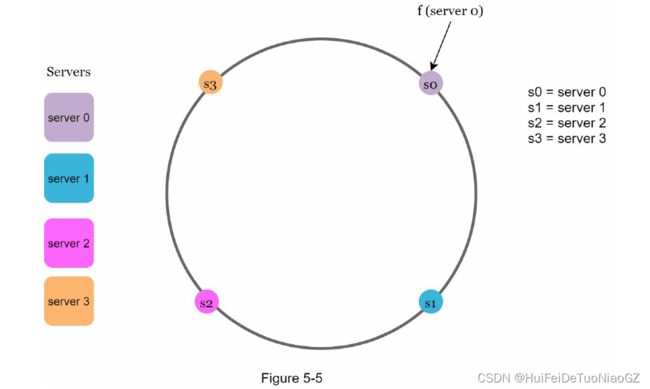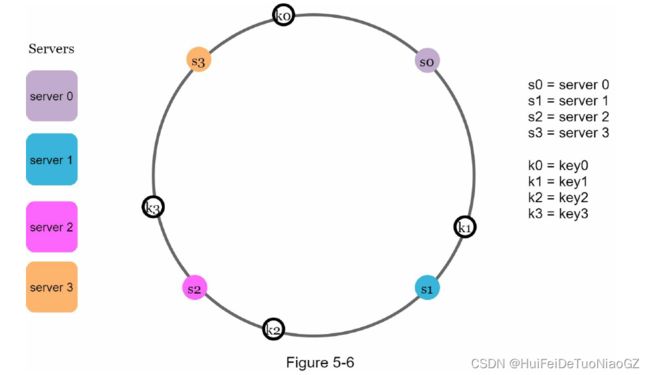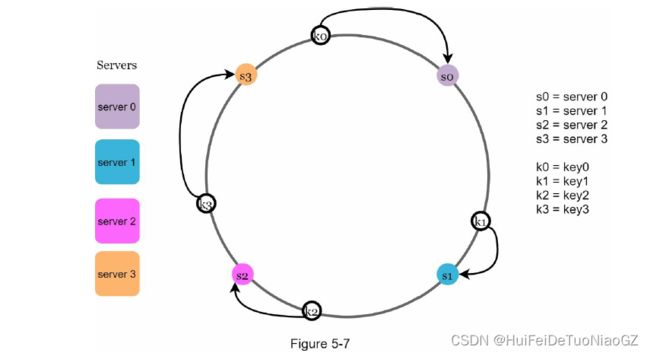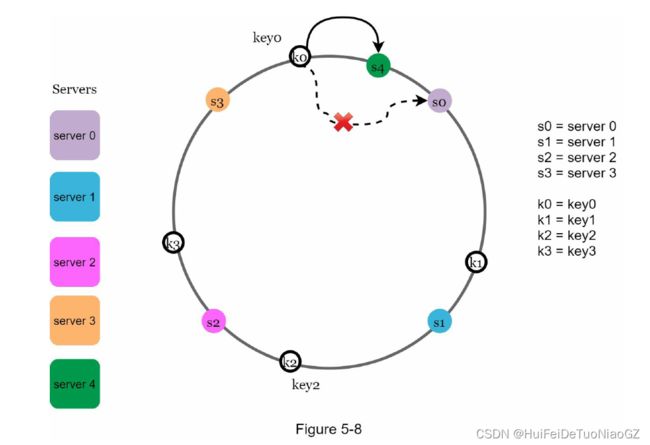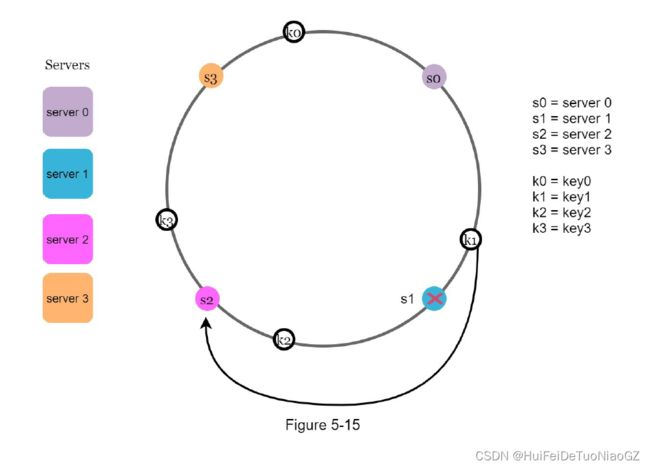CHAPTER 5: DESIGN CONSISTENT HASHING
The rehashing problem
serverIndex = hash(key) % N

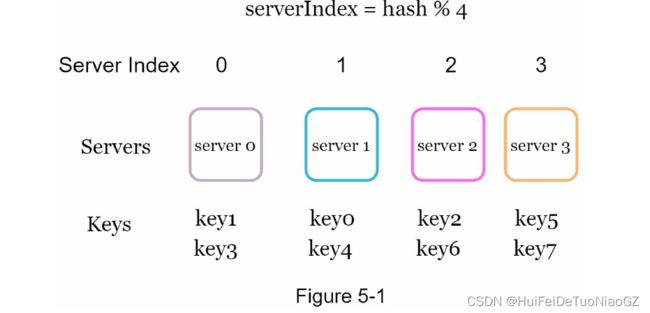
However, problems arise when new servers are added, or existing servers are
removed.

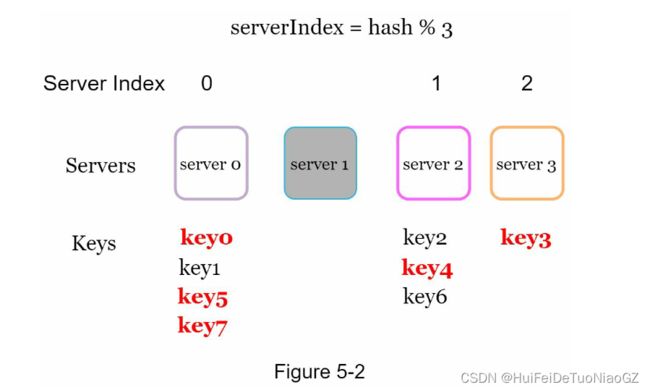
This means that when server 1 goes offline, most cache clients will
connect to the wrong servers to fetch data. This causes a storm of cache misses.
Consistent hashing
Quoted from Wikipedia: "Consistent hashing is a special kind of hashing such that when a hash table is re-sized and consistent hashing is used, only k/n keys need to be remapped on average, where k is the number of keys, and n is the number of slots. In contrast, in most traditional hash tables, a change in the number of array slots causes nearly all keys to be remapped [1]”.
Hash space and hash ring
Hash servers
Hash keys
Add a server
Two issues in the basic approach
• Map servers and keys on to the ring using a uniformly distributed hash function.
• To find out which server a key is mapped to, go clockwise from the key position until the first server on the ring is found.
First, it is impossible to keep the same size
of partitions on the ring for all servers considering a server can be added or removed
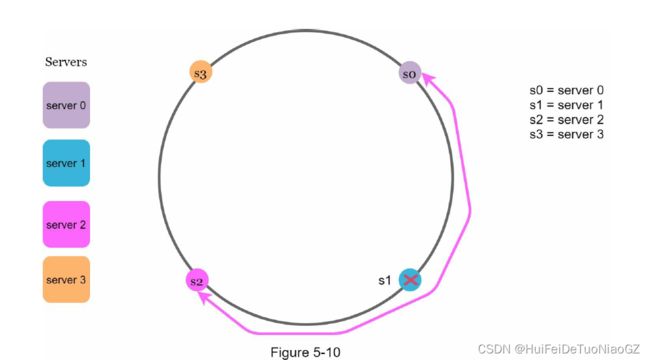
Second, it is possible to have a non-uniform key distribution on the ring. For instance, if servers are mapped to positions listed in Figure 5-11, most of the keys are stored on server 2. However, server 1 and server 3 have no data.

Virtual nodes
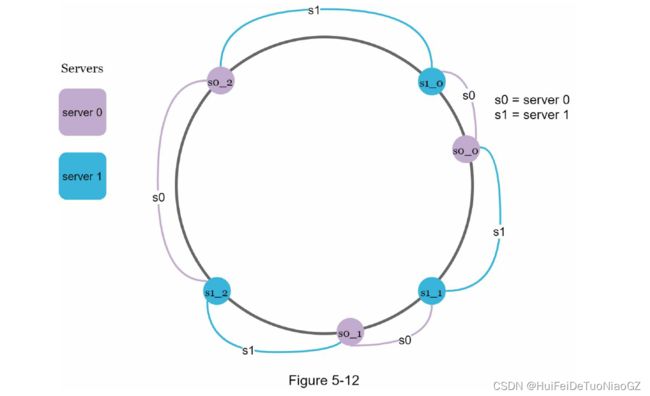
As the number of virtual nodes increases, the distribution of keys becomes more balanced.
However, more spaces are needed to store data about virtual nodes.
This is a tradeoff, and we can tune the number of virtual nodes to fit our system requirements.
Find affected keys
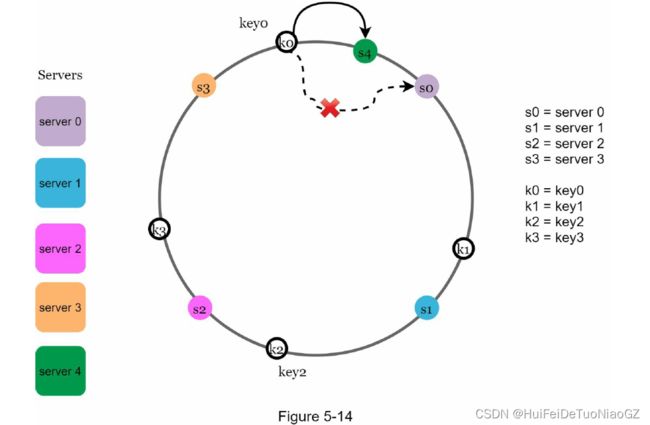
located between s3 and s4 need to be redistributed to s4.
keys located between s0 and s1 must be redistributed to s2.
The benefits of consistent hashing include:
• Minimized keys are redistributed when servers are added or removed.
• It is easy to scale horizontally because data are more evenly distributed.
• Mitigate hotspot key problem. Excessive access to a specific shard could cause server
overload. Imagine data for Katy Perry, Justin Bieber, and Lady Gaga all end up on the
same shard. Consistent hashing helps to mitigate the problem by distributing the data more
evenly.

